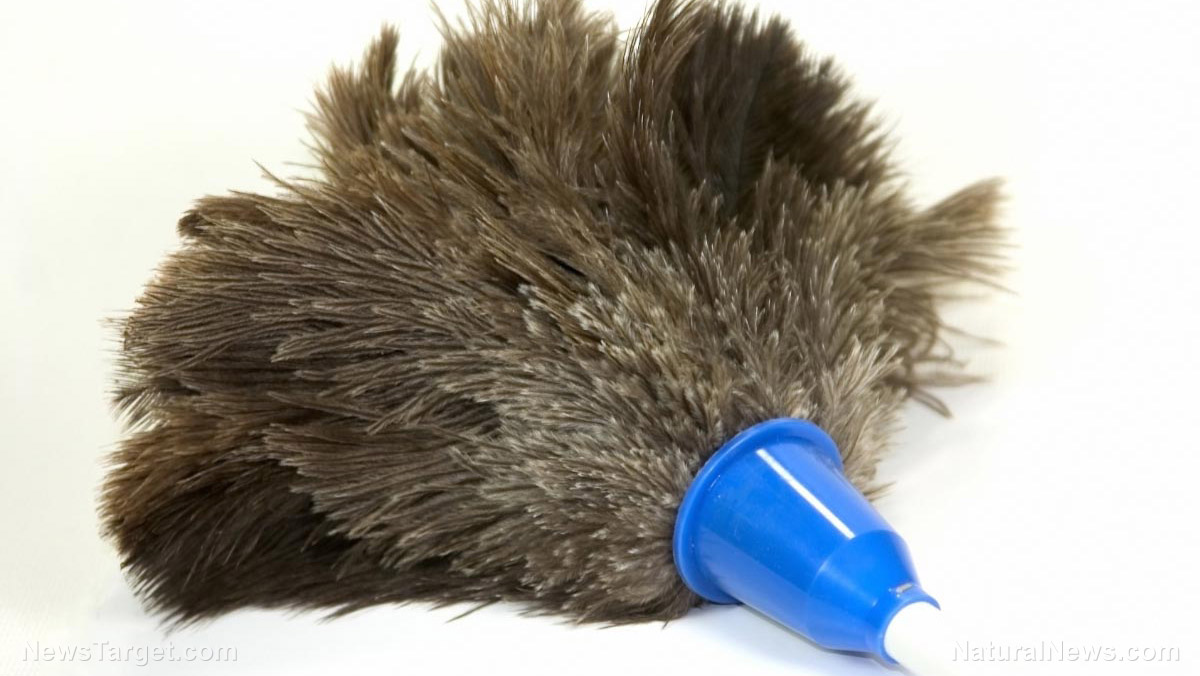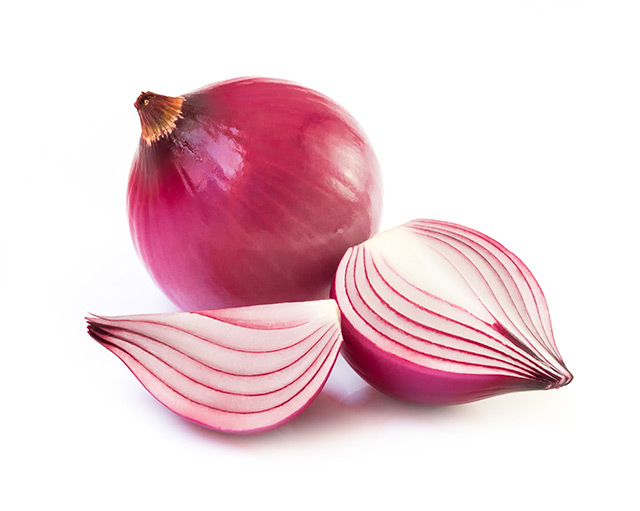Contaminated HOUSE DUST found to promote growth of body fat
08/21/2017 / By Tracey Watson

By now it is pretty self-evident that the United States is fighting a growing obesity problem. Most of us are aware that a diet low in fresh fruits and vegetables and high in junk food, along with a lifestyle virtually devoid of physical activity is making Americans overweight. Now, a startling new study by the American Chemical Society, published in the journal Environmental Science and Technology, would seem to indicate that there could be another sneaky contributor to the nation’s obesity problem: house dust.
This might seem like an utterly ridiculous idea at first glance, but on closer inspection it actually makes sense. Previous research has confirmed that certain environmental pollutants like flame retardants, bisphenol-A (found in plastic) and phthalates (substances added to plastics to make them more flexible), are endocrine-disrupting chemicals – or EDCs – meaning they interfere with the body’s hormonal system. These EDCs have serious effects on reproductive and neurological functions, and impair immunity. Studies have also found that exposure to EDCs at a young age can cause obesity later in life, which is why they have been labeled “obesogens.” [Related: Learn more about how EDCs cause obesity, diabetes and developmental problems.]
Fine particles of EDCs end up in common household dust, where people in turn inhale or ingest them, or absorb them through the skin. The U.S. Environmental Protection Agency (EPA) has confirmed that children ingest about 50 milligrams of household dust each day!
To confirm the effects of this house dust on human weight, the American Chemical Society (ACS) researchers analyzed dust samples collected from 11 North Carolina homes. These samples were then tested in mouse pre-adipocyte cell model 3T3-L1 cells to see the effect of various compounds on triglyceride accumulation (triglycerides are a type of fat).
As reported by Science Daily, “Extracts from seven of the 11 dust samples triggered the pre-adipocytes to develop into mature fat cells and accumulate triglycerides. Extracts from nine samples spurred the cells to divide, creating a larger pool of precursor fat cells. Only one dust sample had no effect. Additionally, among the 44 individual common house dust contaminants tested in this model, pyraclostrobin (a pesticide), the flame-retardant TBPDP, and DBP, a commonly used plasticizer, had the strongest fat-producing effects.”
The researchers believe that even 3 milligrams of chemical-laden household dust can cause discernible effects. Since children are routinely ingesting over 15 times that amount, it is likely that this exposure will result in weight problems in later life.
This study highlights the importance of dusting your house properly, rather than just swirling it around with a feather duster. Good Housekeeping provides some practical tips on how to accomplish this:
- Use a soft, damp cloth, microfiber duster or electrostatic duster to properly capture dust.
- Work from the top of a room down, i.e. from the ceiling to the floor of any given room.
- Electronic items like TVs and DVD players are magnets for dust, so remember to unplug and then clean them with your damp cloth.
- Use a paint or microfiber brush to clean ornaments and knickknacks properly.
- Remove dust from teddy bears and other soft toys by placing them in a sealed bag with a cup of baking soda. Shake the bag outside, then remove the items from the bag, shaking the baking soda off as you do so. Finish by vacuuming each item.
- Unplug and then move appliances away from walls to properly clean behind and underneath them. Clean the appliance itself with a slightly damp sponge mop and then clean the floor and walls with warm, soapy water.
- Use the soft-brush attachment of your vacuum cleaner to suck up dust from vents, and then wipe the surface with your damp cloth. Don’t forget to wash your air-conditioning filters in warm soapy water and then allow them to air dry before placing them back in the air-conditioning units.
- Ceiling fans are notorious dust magnets. To avoid a huge mess, place a sheet or drop cloth on the floor beneath the fan and then, after making sure the fan is off, use damp paper towels and a soft-bristle brush and soap to clean the blades and casing. Remove any soapy residue with damp paper towels.
Sources for this article include:
Tagged Under: air quality, dust, EDCs, endocrine-disrupting chemicals, house dust, household dust, indoor air, obesity




















